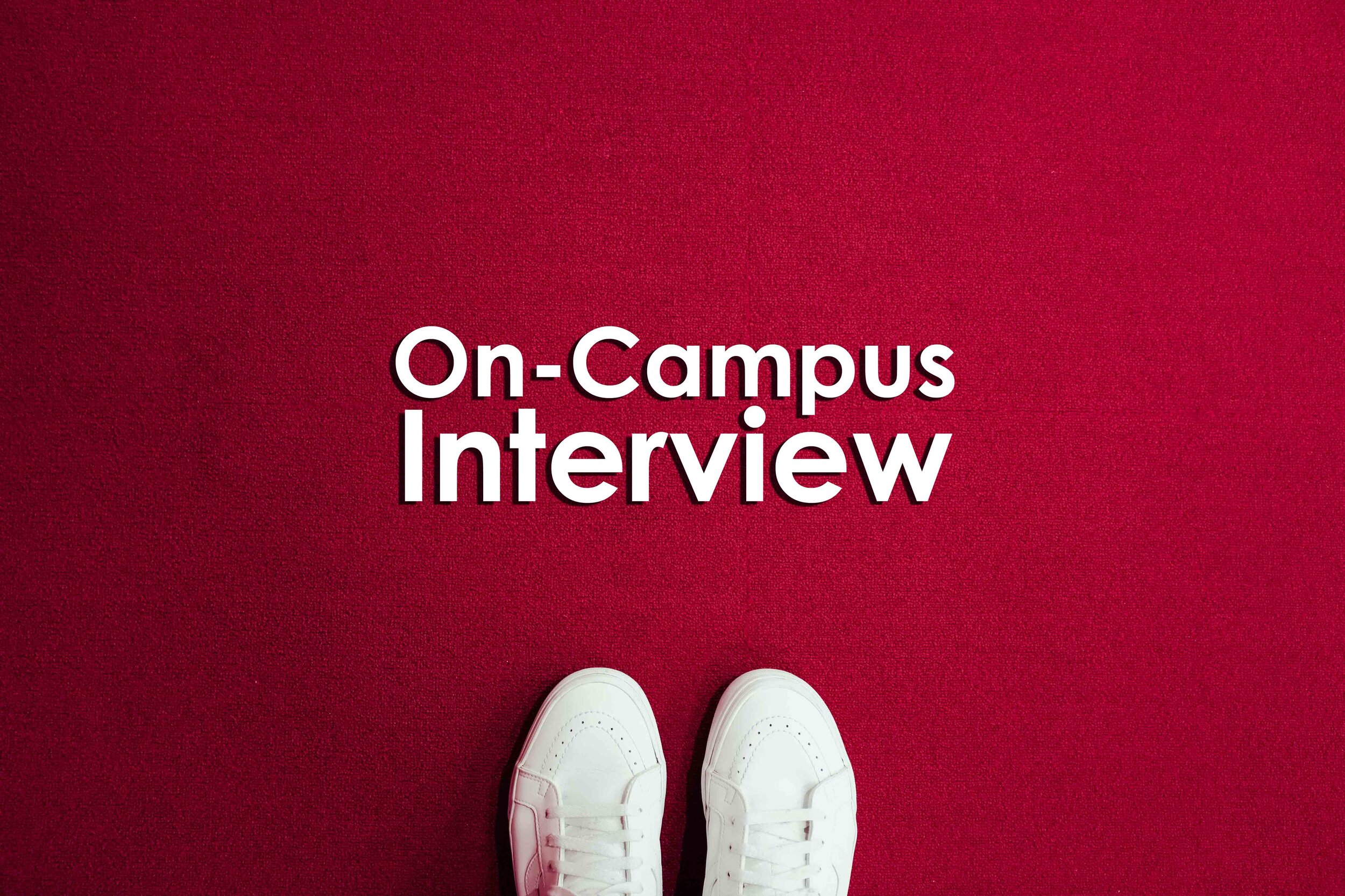4 steps to navigating the on-campus student affairs interview
4 steps to navigating on-campus student affairs interview
4 steps to navigating the on-campus student affairs interview
The on-campus student affairs interview is the culmination of your long search process. You’ve successfully navigated past the 1st round phone screen; you’ve spoken to the hiring manager and select members of the committee. Now you’re at that critical stage: the on-campus interview.
Deep down you’re panicking. But you don’t have to. Thousands of student affairs professionals across the country are doing the same exact thing right now. They are all finalists in their job searches. However, only a few will be selected to receive the offer.
Navigating the on-campus student affairs interview can be tough. But it doesn’t have to be.
Check out these four steps which have helped me and countless other student affairs professionals successfully navigate their on-campus interview.
The Briefing Book
The briefing book is a document that I’ve relied for years to prepare me for the on-campus student affairs interview. I’ve shared it with my mentees to help them successfully navigate their interviews.
The briefing books is your “study guide” in preparation for this critical stage of the job search. A successfully constructed book will include the following four parts:
1. Positional Alignment
2. Culture & Structure
3. Staff Background
4. Strategic Questions
Positional Alignment
Positional alignment means taking the position that you’re interviewing for and breaking it down into smaller components. The most critical part of the position is the description. Here, you’ll determine the most essential parts of the job’s responsibilities, what your most relevant experiences and skills are, and your excitement level for taking on those responsibilities.
Afterwards you’ll write a summary based on the posted responsibilities, your experiences, and your excitement. The positional alignment is crucial in determining where you’re strong and where you’re weak in your skill sets for the position. This chart will help you identify where you can emphasize your strengths and minimize your weaknesses.
Culture and Structure
In the Culture and Structure section, you’ll examine the institution conducting the interview. This part of your briefing book will encompass three major areas: the “big” view of the institution, the culture of the institution, and finally how it’s structured.
The big view takes into account major published sources like Wikipedia, the institutional website, US News & World Report, and its Carnegie classification. Culture includes inside views on what it’s like to work for and attend the institution. Insiders can often provide some valuable information that isn’t normally available on publicly published sources. To gain this information, you’ll utilize websites like Niche and Glassdoor. You’ll also turn to the institution’s mission and vision statements to round out your knowledge of the institution’s culture.
Finally, the structure section examines how all of these different elements of the institution and culture fit together into an organization. This includes a review of the specific student affairs mission statement, office mission statement (if applicable), and organizational chart.
Staff Background
The staff background section examines and analyzes the individuals you’ll encounter during the on-campus interview as well as those you’d work with. You most likely won’t know many of these professionals in person, so it’s important to do as much research about their backgrounds as possible.
This research includes reviewing their professional backgrounds by examining their LinkedIn profiles, CV/resumes, and past conference presentations. You can also attempt to find individuals’ blogs and personal websites (if applicable). In addition, you can also research each person’s social media background through Facebook, Twitter, Instagram, Pinterest, or through traditional networking with other professionals you know.
Strategic Questions
Lastly, your Briefing Book will cover strategic questions. These questions will be created based on information you gained from your research. Your strategic questions will be used for two important purposes: to gain information and to share that you know information.
As a whole, these four parts will help you comprehensively prepare for the most critical stage of the student affairs job search.
I hope that you found this article useful! If you need some additional help on your student affairs job search, then check out the eBook The Student Affairs Job Search: A Comprehensive Guide available here.
Happy interviewing,
Cite this Article
Eng, D. (2019, July 01). On Campus Interview. Retrieved MONTH DATE, YEAR, from https://www.jobhakr.com/blog-1/2019/6/26/4-steps-to-navigating-the-on-campus-student-affairs-interview
Internal Ref: JHKRZ9IY1Y3IT

